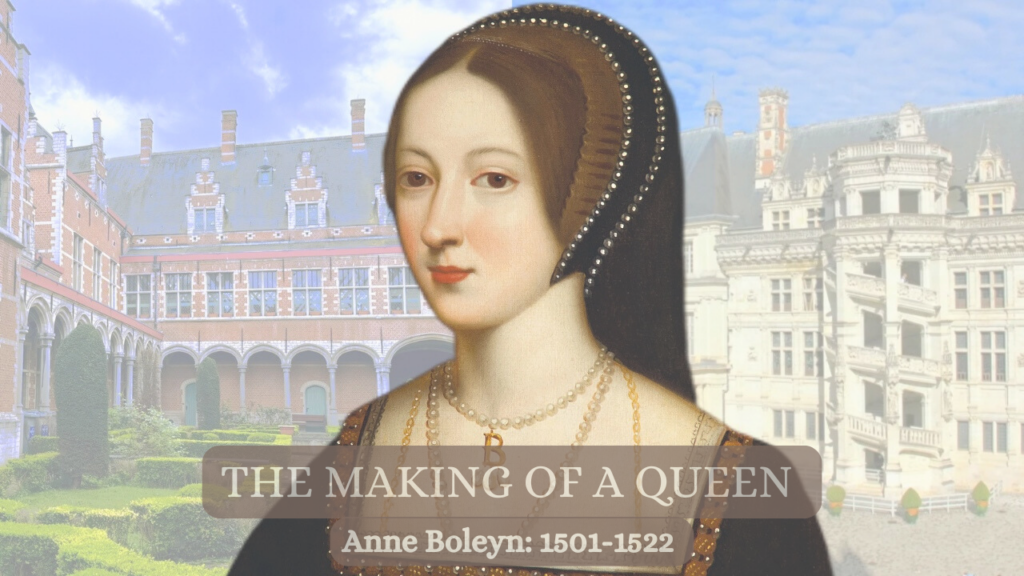Welcome to On the Tudor Trail Catherine! Could you share with us a little about yourself and your background?
Hi Natalie and thanks for inviting me to chat. I’m a historian based in the UK, though I spend a lot of time doing research in Italy. I have a background working in politics and the media, but got interested in Renaissance history after a holiday to Florence. Twelve years on, I’m now a full-time historian.
Why are readers insatiable when it comes to the Tudor period? And what drew you to it?
There’s a huge amount of human interest in the stories of the Tudor monarchs, and I think a lot of people find a character to identify with. But I also think the Tudors are very important in the history of the English nation, as symbolic figures in declaring England’s independence from Rome. Throw in Shakespeare, and you have your answer! My own fascination is with the links between England and Italy: artistic, literary and political. I got interested in the Tudors really as a by-product of that.
Tell us about your book, The Divorce of Henry VIII. How is it that an Italian family became involved in Henry’s divorce negotiations?
It wasn’t unusual, in the sixteenth century, for monarchs to employ foreigners in their diplomatic service. Italians had a reputation for being good at diplomacy. That was partly because Italy had some of the most developed diplomatic services in Europe, but also because of national stereotypes about Italians being particularly skilled at ‘dissimulation’ (a polite way of saying they were good liars).
What was Henry VIII’s Italian Ambassador, Gregorio Casali, like?
He was from an upwardly-mobile Italian merchant family, originally of Bologna. His father had married well, into the Roman nobility, but there wasn’t much money to go round, so the sons went into military and diplomatic careers. Gregorio was very good at his job: he was a smart political operator and quickly garnered the praise of his fellow ambassadors. But he was also very professional and kept his own opinions to himself. We have very few of his personal letters, so I had to read between the lines of the official ones to try and guess what he might have been thinking as the divorce proceedings dragged on.
Your book has been described as “a glittering debut”, tell us a little about the process you followed when researching it.
I started off by identifying the key dates, people and issues from the English documents of this period, which are pretty well-catalogued. I then went off on a quest round the Italian archives to see what I could find to shed light on the background. The Mantuan ambassadors, I discovered, wrote brilliantly gossipy letters that provided lots of useful information. Even better, the Casali family had kept their own private archive, and I was able to look at records from that. I also went to the Vatican Archives and Library and found some fascinating background material there.
I am particularly interested in researching the life of Anne Boleyn; do any of Henry VIII’s wives capture your imagination?
I find Anne of Cleves an intriguing figure: she’s only married to Henry briefly but she outlives all the other wives and does very well for herself financially. She’s a real contrast to Catherine of Aragon. Perhaps she’d learnt from Catherine’s experience that contesting the annulment of her marriage wouldn’t win her friends.
What other periods of history interest you?
The ancient world: I grew up reading Asterix books and visiting windswept Roman walls in the north of England, so that’s a long-standing interest. And – for something completely different – Soviet Russia. I was studying Russia at school just at the time the Berlin Wall fell, and all the eastern European regimes started to crumble. It was fascinating to watch history in the making.
I feel closest to the Tudors when I am standing in a location where they themselves once stood. Do you have a favourite Tudor location?
Sutton House is a gem. It was built by one of Henry VIII’s courtiers. In Tudor times it would have had a lovely out-of-town location, but London’s expanded so much that now it’s in inner-city Hackney.
Are you presently working on any other books?
I’m trying to finish the manuscript for an academic book about how diplomacy worked in fifteenth- and sixteenth-century Rome, and then I’ll be starting on a new project. The plan is to head back to Renaissance Italy: there are so many great stories to tell about its history.
Share with us a favourite historical quote.
“An ambassador is an honest man sent to lie abroad for the good of his country.” Sir Henry Wotton, 1568-1639.
Thank you for your time!
Visit Catherine Fletcher’s website here.


















I think you will enjoy this information about a Tudor monument located in my town, Vetralla in central Italy.
http://50yearsinitaly.blogspot.it/2012/07/the-1512-vetralla-monument_22.html
How wonderful! I enjoyed the pictures very much but I must say that I don’t agree with the date of birth the author gives for Anne Boleyn. If we are indeed talking about Henry VIII’s second wife, then 1512 is impossible as this is the year she went to the court of Margaret of Austria to be further educated. She wrote a letter home to her father in 1513 and in 1514 joined the household of Mary Tudor, Queen of France and then the household of Queen Claude, once Mary Tudor had returned to England. Thank you for sharing though!